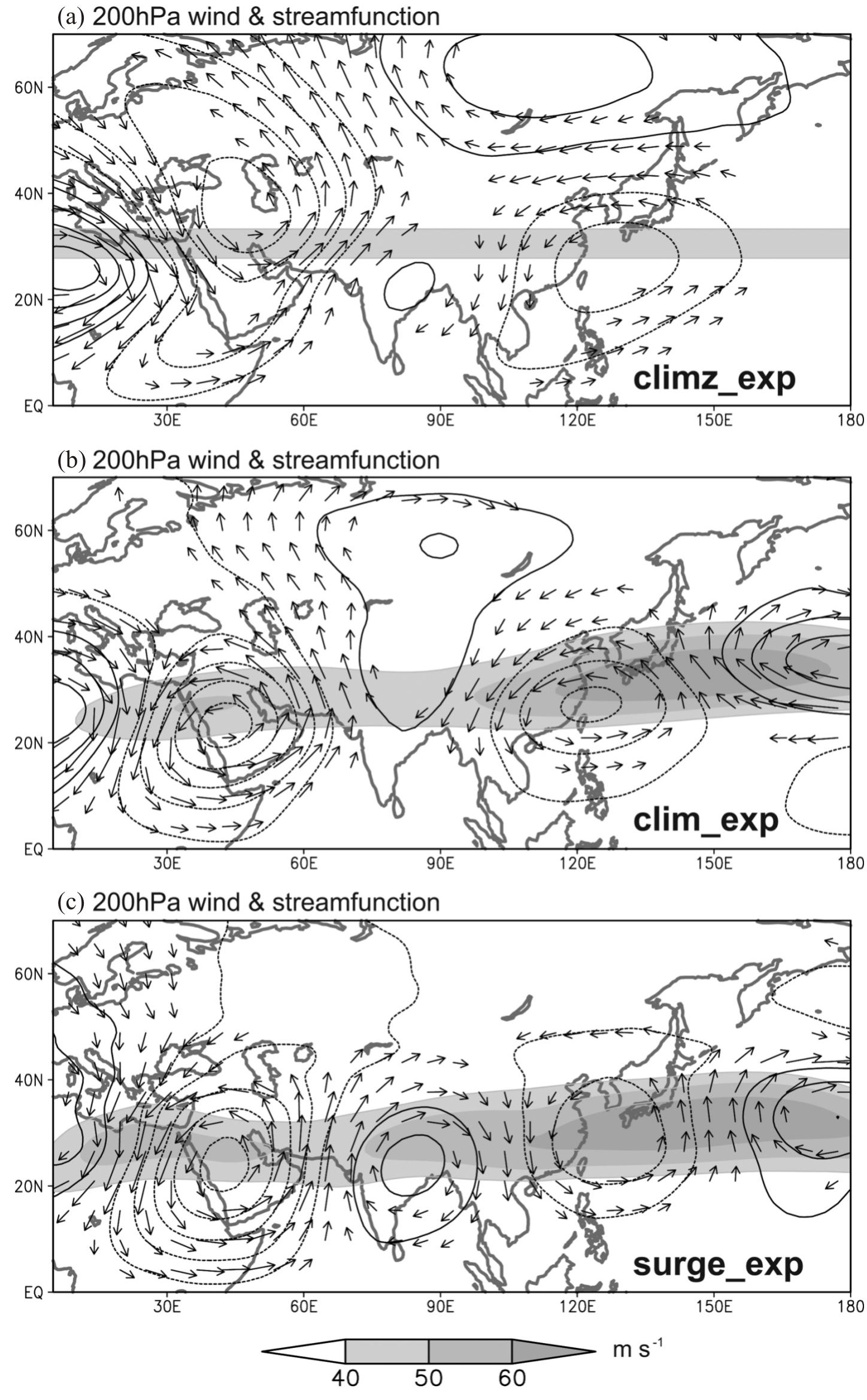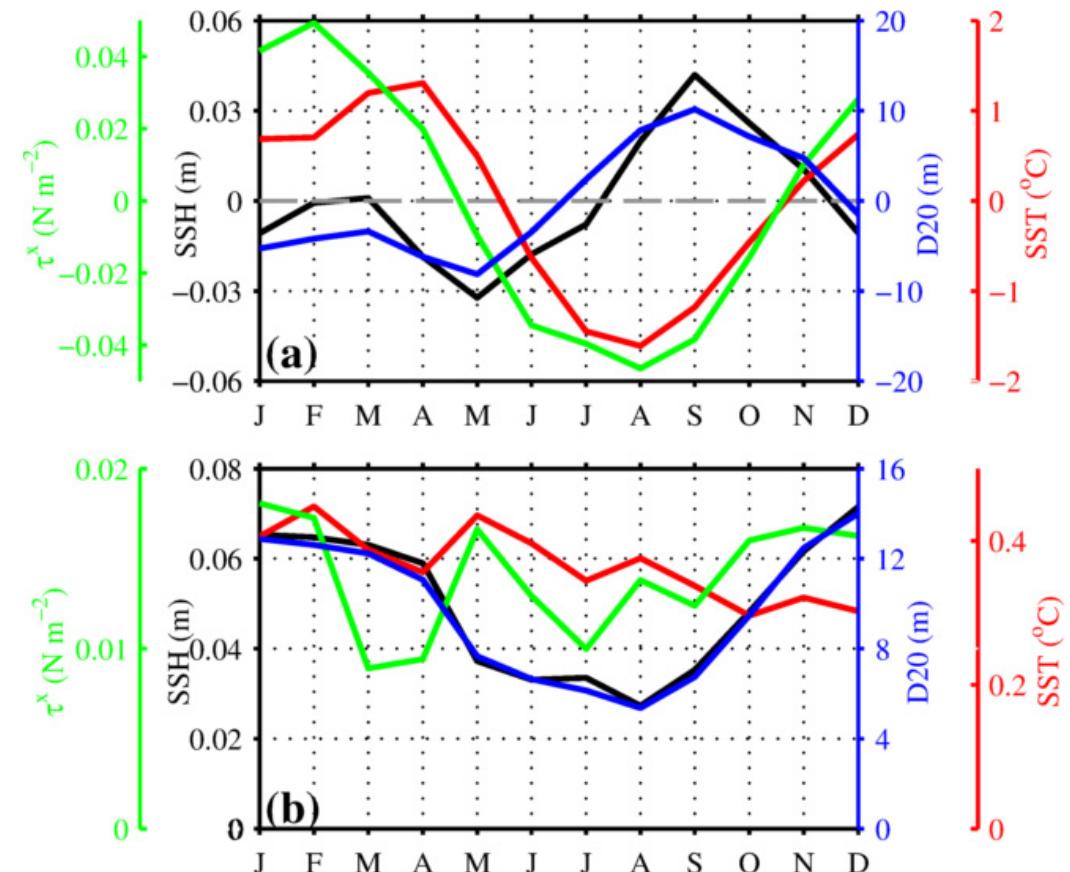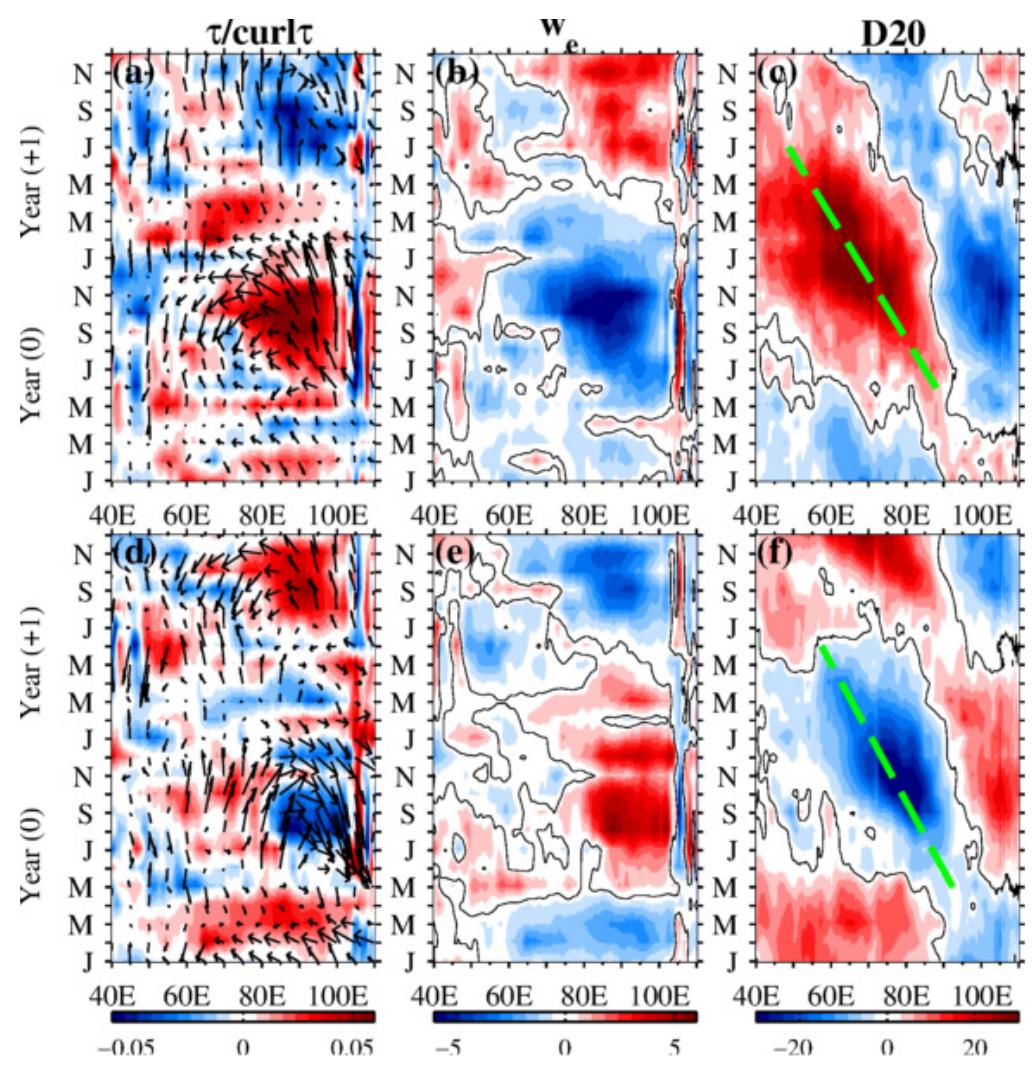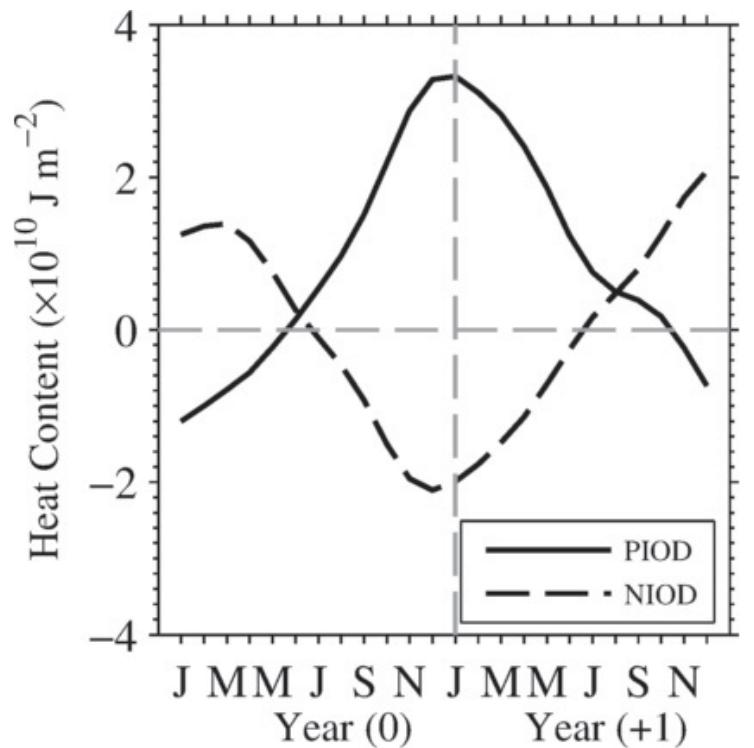Key research themes
1. How do large-scale atmospheric circulation patterns influence extreme weather events and their predictability?
This research theme focuses on identifying and characterizing large-scale synoptic and planetary scale meteorological patterns that govern the occurrence and predictability of extreme weather events, including precipitation extremes, tornado outbreaks, and persistent temperature anomalies. Understanding these circulation patterns is critical for improving forecast skill, interpreting climate variability, and assessing future risks under climate change.
2. What are the characteristics, trends, and interactions of extreme precipitation events at multiple temporal and spatial scales?
This theme addresses detailed analyses of extreme precipitation characteristics, including event separation from continuous records, spatial-temporal variation of extreme rainfall, and compound events, with an emphasis on quantifying trends, understanding physical mechanisms, and improving data usage across scales. It is essential for hydrological impact assessment, climate change attribution, and improving regional resilience to precipitation extremes.
3. How can integrated meteorological observation datasets and advanced data assimilation techniques improve climate science and weather predictability studies?
This line of research emphasizes the critical role of comprehensive, integrated meteorological data holdings—including land-based and marine observations—in climate research and forecasting. It focuses on addressing data fragmentation, improving data discoverability and quality control, and blending observational datasets with advanced reanalysis and assimilation methods to support robust climate model validation, trend assessment, and improved weather and climate predictions.


































